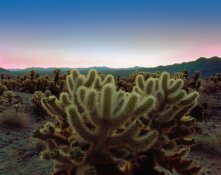Like everybody else have mentioned already, it is to alter shutter speed or aperture. I use three varieties:
3-stop ND filter
9-stop ND filter
2-stop ND grad filter
It really is as simple as that. Once I used the 9-stop ND filter, hoping to show something underneath the water in a lake. It was windy and wavy, so the 9-stop filter, along with a polarizer and an orange filter (to cut through the blue/green water). If I remember correctly the exposure ended up being about 20 seconds. It worked, and I now have a photograph of a shipwreck that I otherwise wouldn't have.
It's a bit of a technical exercise, and you simply apply your tools to achieve what you want.






